Canada is rich in natural and industrial resources that play a key role in the global economy. From energy and agriculture to high-tech and clean energy materials, Canadian exports are meeting critical needs around the world. Provinces across the country contribute in different ways, supporting industries like mining, farming, forestry, and manufacturing. Canada’s strong infrastructure, skilled workforce, and environmental standards help maintain a consistent supply. Here are 18 Canadian resources the world can’t live without.
Crude Oil from the Alberta Oil Sands
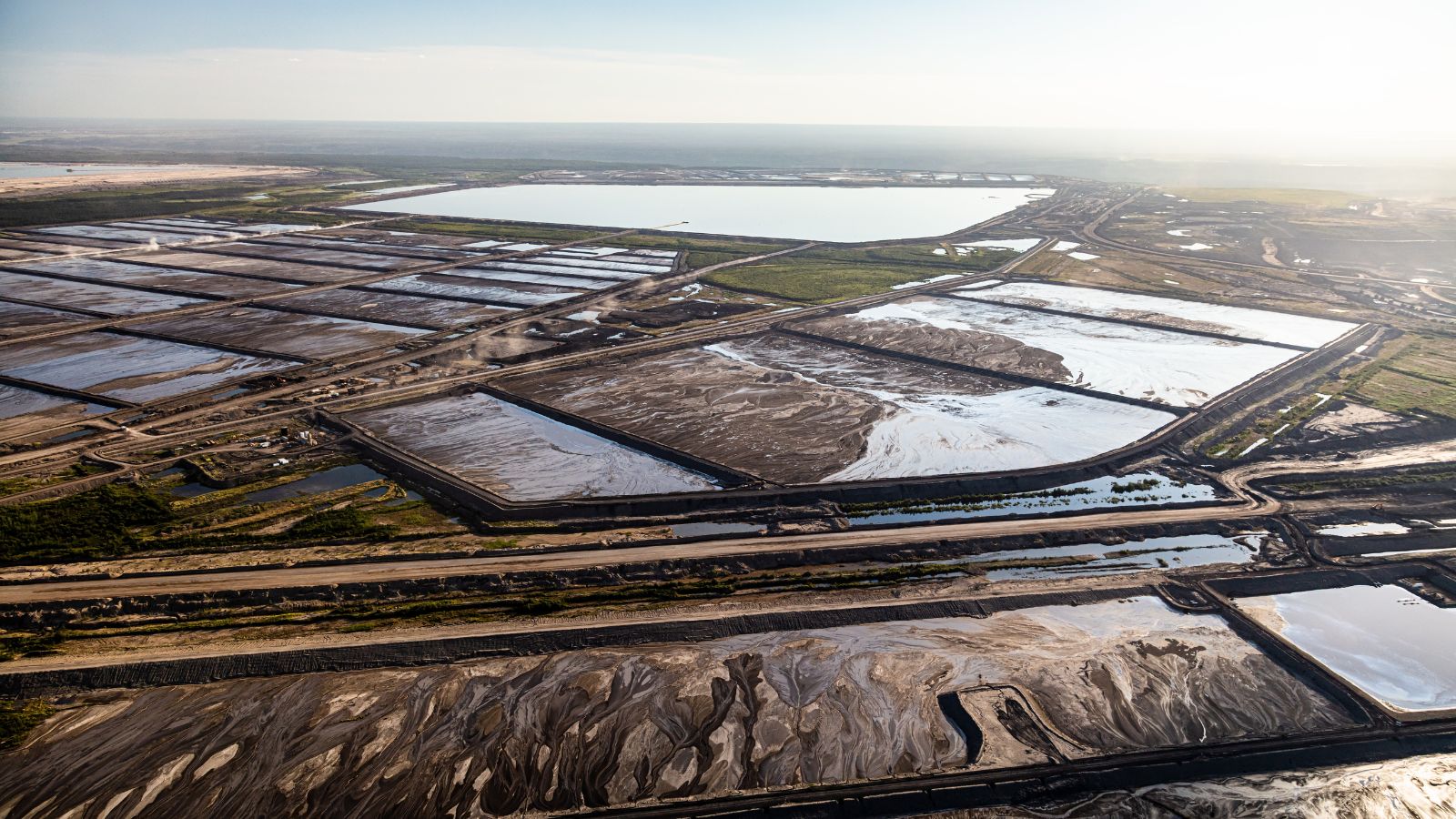
Canada holds the third-largest proven oil reserves in the world, with most located in Alberta’s oil sands. These deposits are a key source of crude oil for global markets, especially the United States. The oil is extracted using advanced surface mining and in-situ techniques. Major pipeline infrastructure connects Alberta to refineries in North America. While oil sands production has raised environmental concerns, companies are investing in technologies to lower emissions. With over 160 billion barrels in recoverable reserves, Alberta’s oil sands play a major role in ensuring energy security for Canada and key trading partners around the world.
Natural Gas from Western Canada
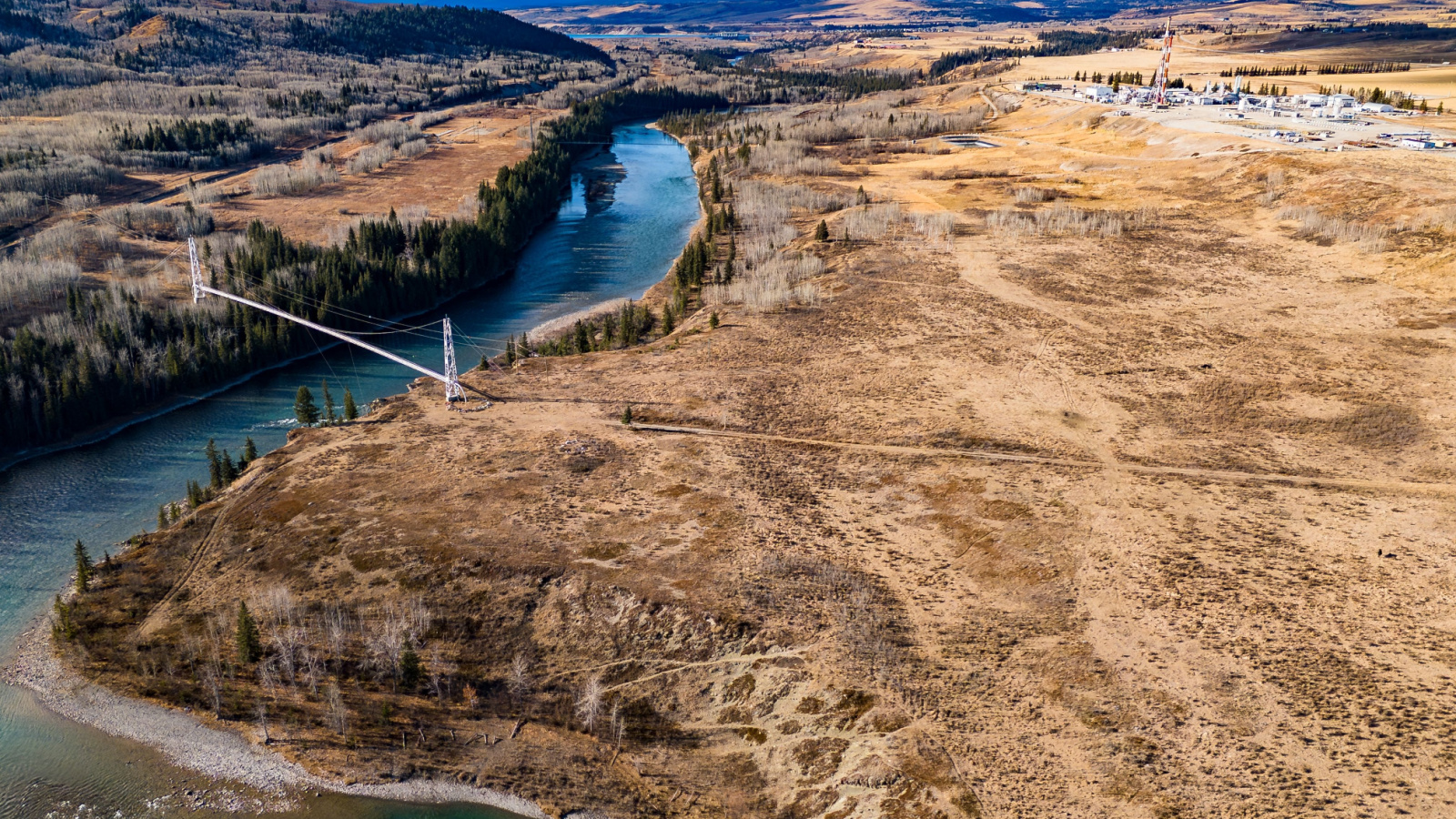
Western Canada, particularly British Columbia and Alberta, is a leading producer of natural gas. The Montney and Duvernay formations contain massive reserves that help meet domestic needs and support global demand. Canada exports most of its natural gas to the United States, but new liquefied natural gas (LNG) projects aim to expand shipments to Asia. Pipelines like Coastal GasLink and infrastructure investments support this goal. Natural gas is used worldwide for heating, electricity generation, and industrial processes. With stable production and long-term reserves, Canada remains a reliable supplier of natural gas to global energy markets and key trading partners.
Freshwater from Canada’s Lakes and Rivers
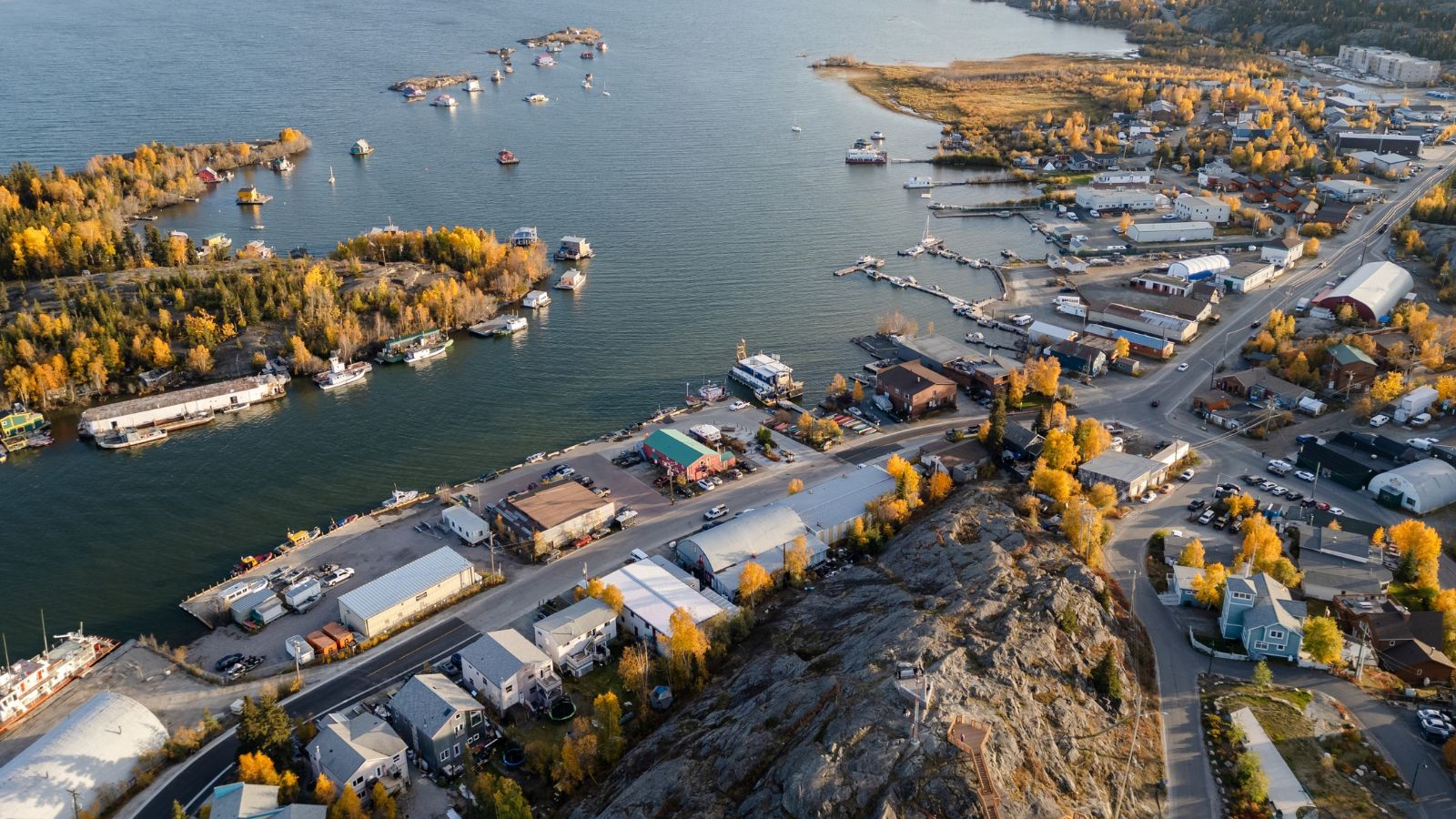
Canada holds nearly 20% of the world’s freshwater supply, making it a critical global water resource. The country is home to over two million lakes and extensive river systems, including the Great Lakes and the Mackenzie River Basin. Freshwater supports agriculture, hydroelectric power, and urban populations across North America. Canada also exports bottled water and provides water-intensive goods like agricultural products and paper. As water scarcity rises globally, Canada’s role as a freshwater steward becomes more important. Strict environmental regulations help protect this natural resource.
Uranium for Global Nuclear Energy
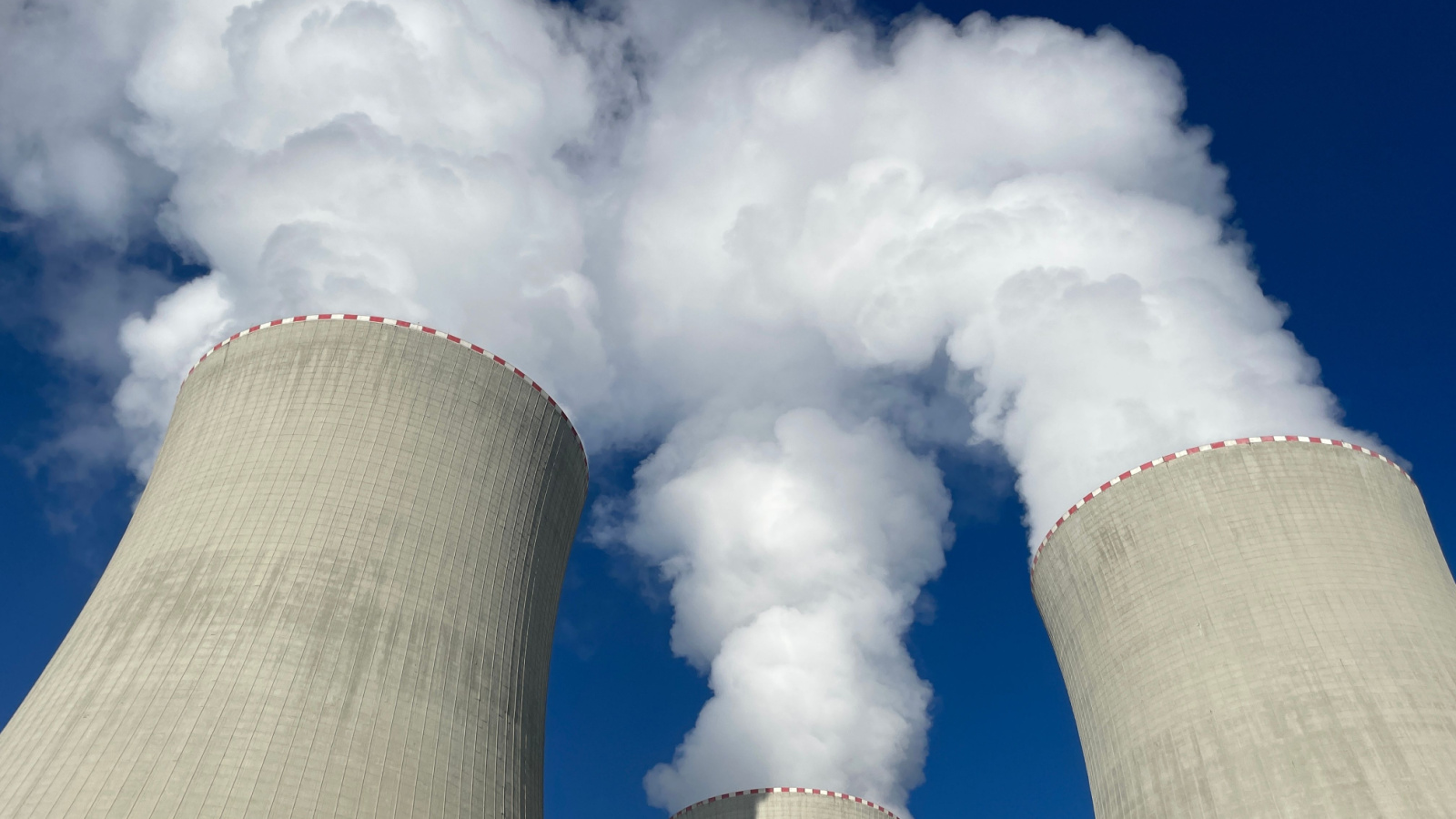
Canada is one of the world’s top uranium producers, supplying nuclear power plants across several countries. Most of the production comes from northern Saskatchewan, where high-grade uranium deposits are found. Companies like Cameco operate some of the largest uranium mines globally. Canadian uranium is exported primarily to the United States, Europe, and parts of Asia. It is a key fuel for low-carbon nuclear energy, helping other nations reduce greenhouse gas emissions. Canada maintains strict safety and environmental standards in its uranium sector. This stable supply helps meet rising global energy needs while supporting clean energy transitions worldwide.
Timber and Softwood Lumber Exports

Canada is one of the world’s leading exporters of timber and softwood lumber. Forests cover nearly 40% of the country’s land area, providing a steady supply of high-quality wood. British Columbia, Quebec, and Ontario are the top-producing provinces. Canadian lumber is widely used in construction, furniture, and packaging industries. The United States is the largest export market, although Canada also ships to China, Japan, and the European Union. The sector follows sustainable forestry practices regulated by federal and provincial laws. With strong global demand, Canada’s forestry industry remains an essential source of renewable building materials for international markets.
Potash for Agricultural Fertilizers
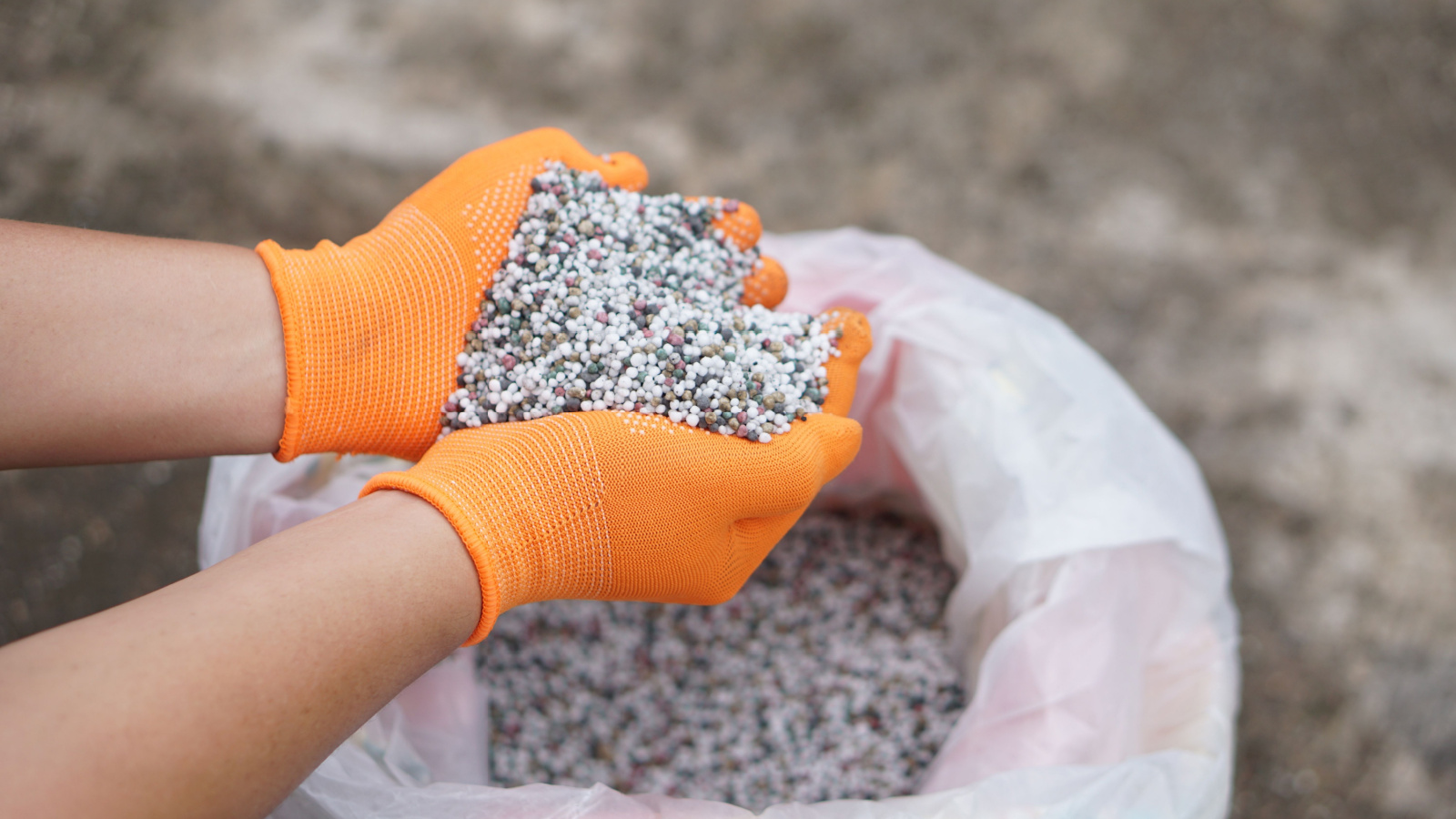
Canada is the world’s largest producer of potash, a key ingredient in agricultural fertilizers. Most of the reserves are located in Saskatchewan, where large underground mines operate year-round. Potash helps improve crop yields by enhancing root strength and disease resistance. Canadian potash is exported to over 70 countries, including major agricultural producers like Brazil, China, and India. The global fertilizer industry depends heavily on Canada’s reliable supply. Long-term resource availability, advanced mining technology, and efficient rail systems support consistent exports. As food demand grows globally, Canada’s potash industry plays a crucial role in ensuring agricultural productivity and food security.
Wheat and Other Prairie Grains
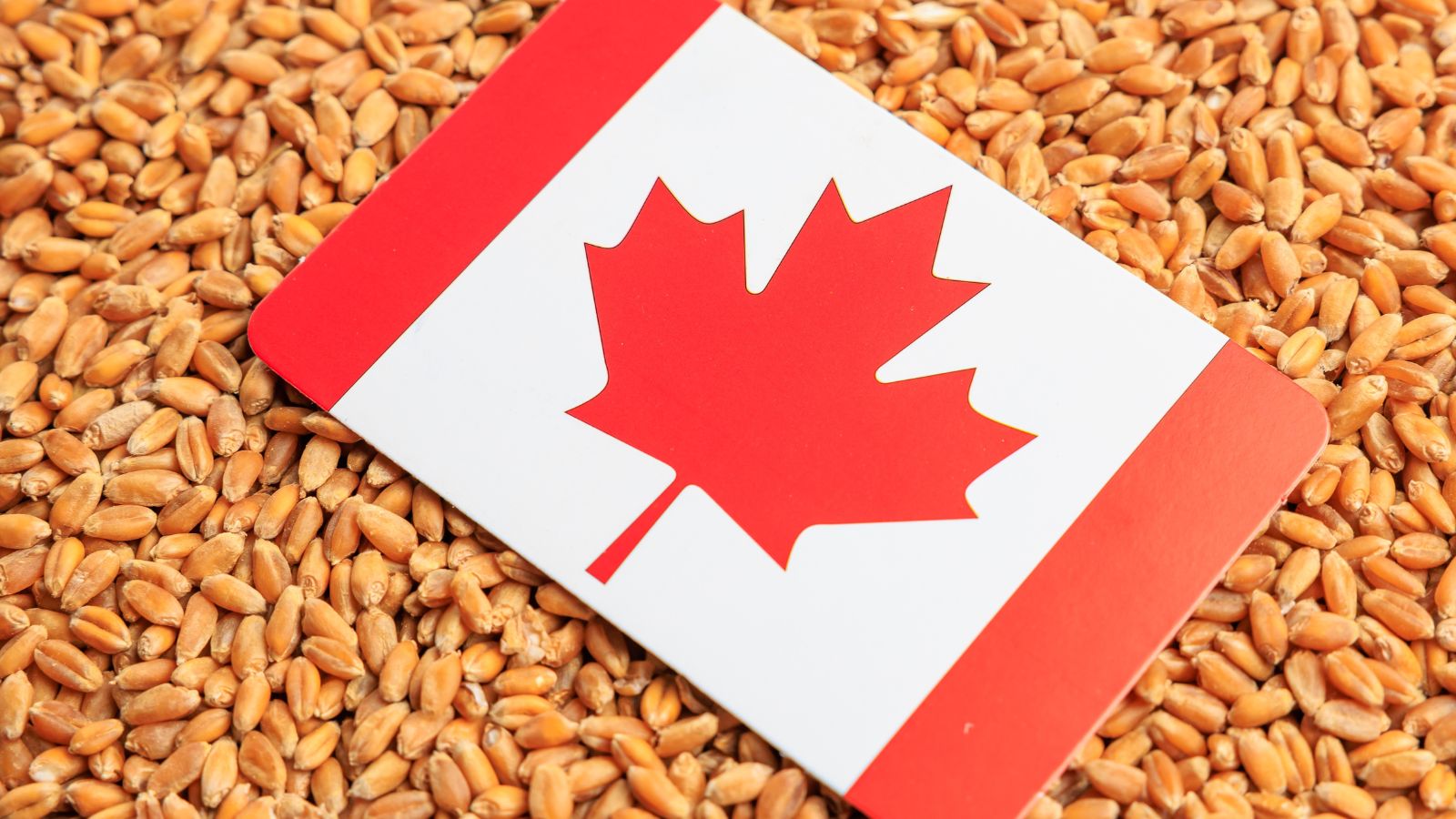
Canada ranks among the top wheat exporters globally, with much of the production coming from the Prairie provinces of Alberta, Saskatchewan, and Manitoba. Canadian wheat is known for its high quality and is used to produce bread, pasta, and other staples. The country also exports other grains like barley, oats, and rye. Major markets include China, Japan, Indonesia, and the United States. Canadian farmers benefit from advanced farming techniques and government-supported research. Efficient rail and port infrastructure ensures smooth international shipping. As global food demand rises, Canada’s grain exports remain a dependable resource for feeding millions around the world.
Maple Syrup from Quebec

Quebec produces over 70% of the world’s maple syrup, making it a unique Canadian export. The province has more than 13,000 maple syrup producers who collect sap each spring from sugar maple trees. The syrup is then boiled and refined using traditional and modern techniques. Major export markets include the United States, Germany, and Japan. The industry is supported by the Quebec Maple Syrup Producers, which manages supply and pricing. Maple syrup is used in food products, baking, and as a natural sweetener. This distinctly Canadian product supports local economies and meets growing global demand for pure, natural ingredients.
Seafood from the Atlantic and Pacific Coasts
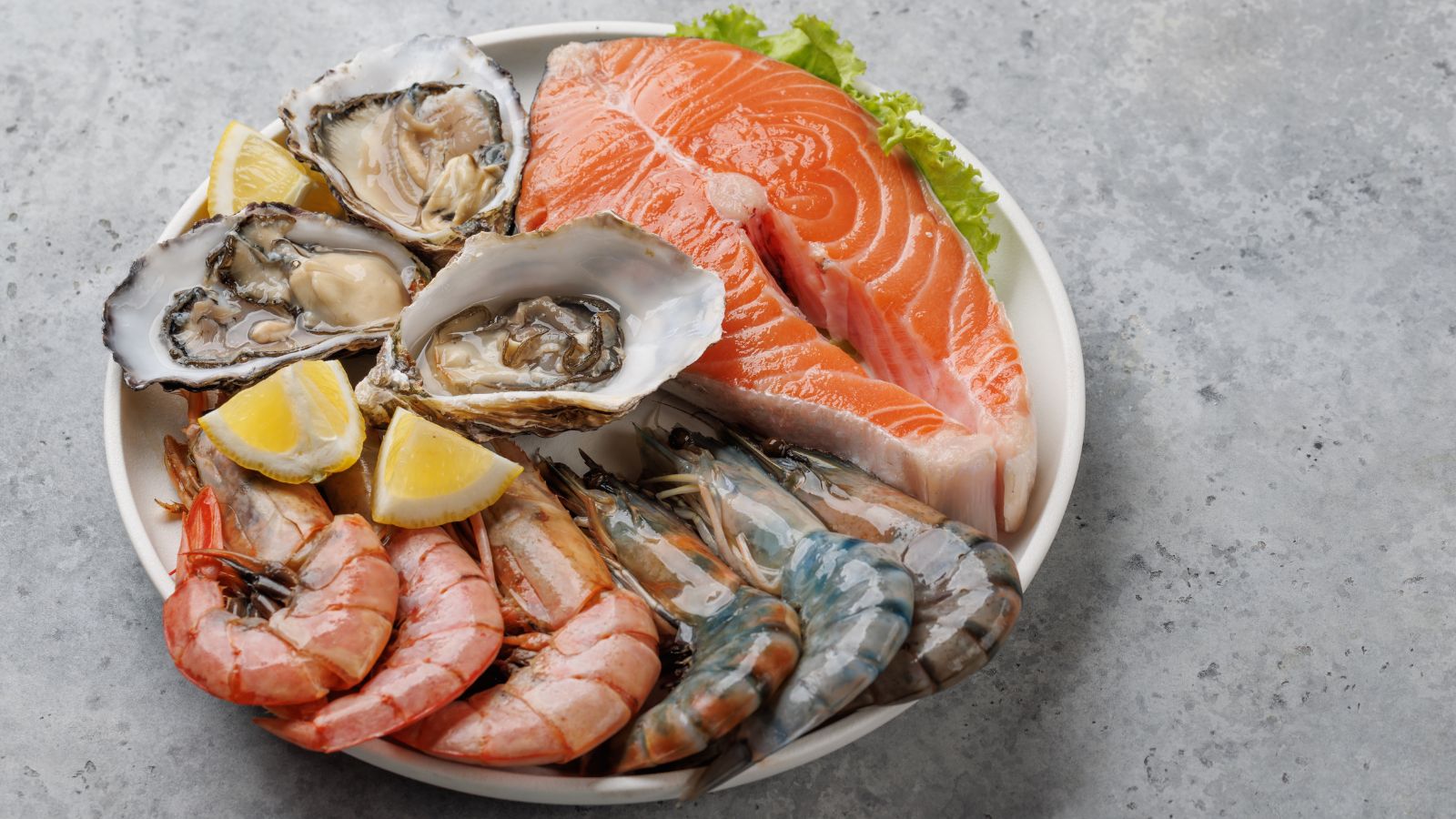
Canada’s Atlantic and Pacific coasts provide a rich supply of seafood, supporting a major export industry. Key products include lobster, crab, salmon, scallops, and shrimp. The Atlantic provinces, mainly Nova Scotia and Newfoundland, are known for lobster and snow crab exports, while British Columbia leads in wild and farmed salmon. Canada exports seafood to over 130 countries, with the United States, China, and Japan among the top buyers. The industry follows strict sustainability and traceability standards to protect fish stocks and marine ecosystems. With high global demand for quality seafood, Canada’s fisheries remain a valuable natural resource for international markets.
Hydroelectric Power Generation
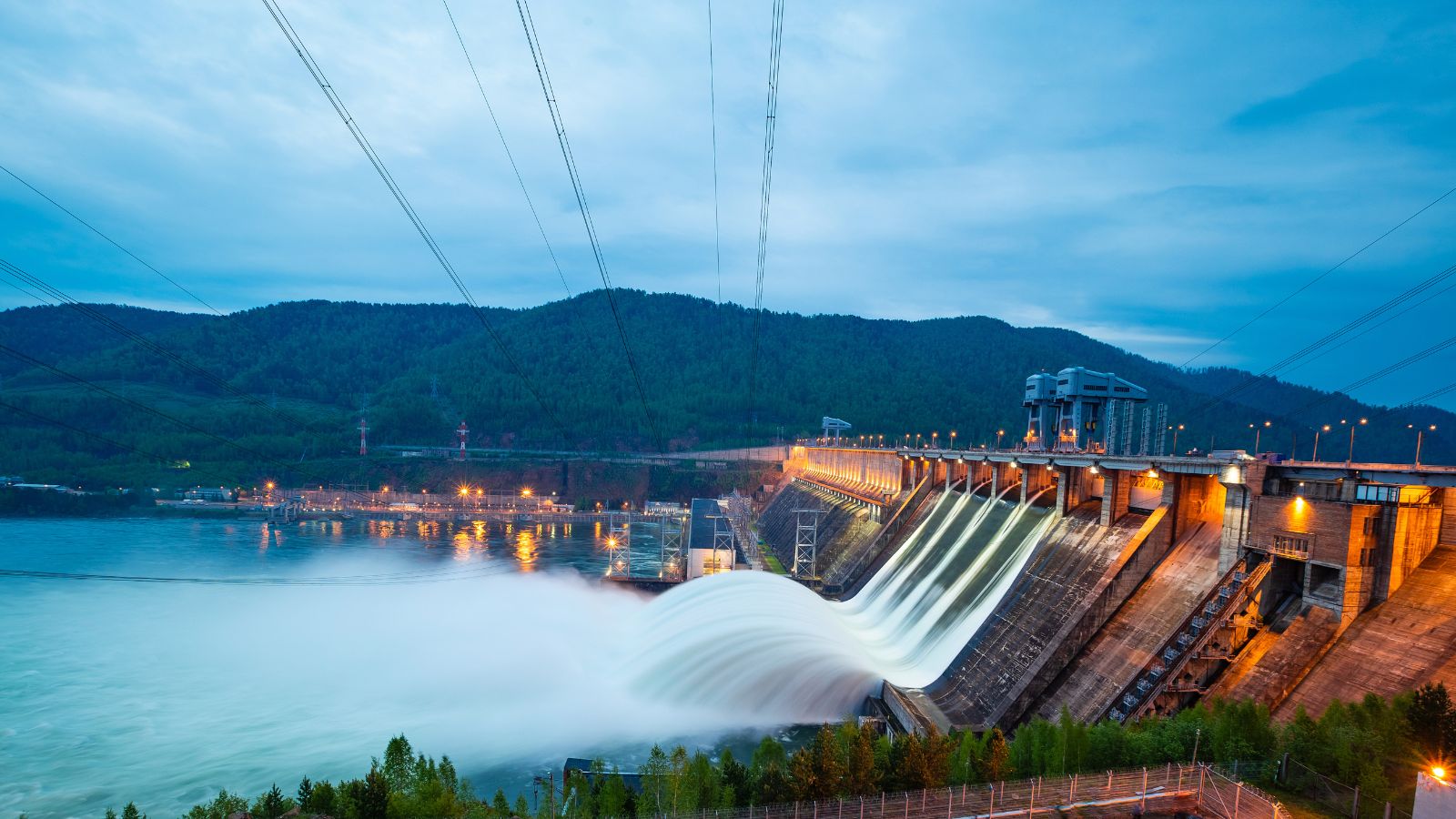
Canada is the world’s second-largest producer of hydroelectric power, generating about 60% of its electricity from water. Provinces like Quebec, British Columbia, Manitoba, and Newfoundland operate large hydroelectric plants that supply clean, renewable energy. Major facilities include the Churchill Falls and Robert-Bourassa generating stations. Hydropower supports domestic energy needs and is exported to the United States through cross-border transmission networks. The sector helps reduce greenhouse gas emissions and provides a stable, low-cost energy source. Investments in grid infrastructure and interprovincial connections improve efficiency. Hydroelectricity continues to be a vital part of Canada’s energy strategy and a model for global sustainability.
Aluminum Production from Quebec
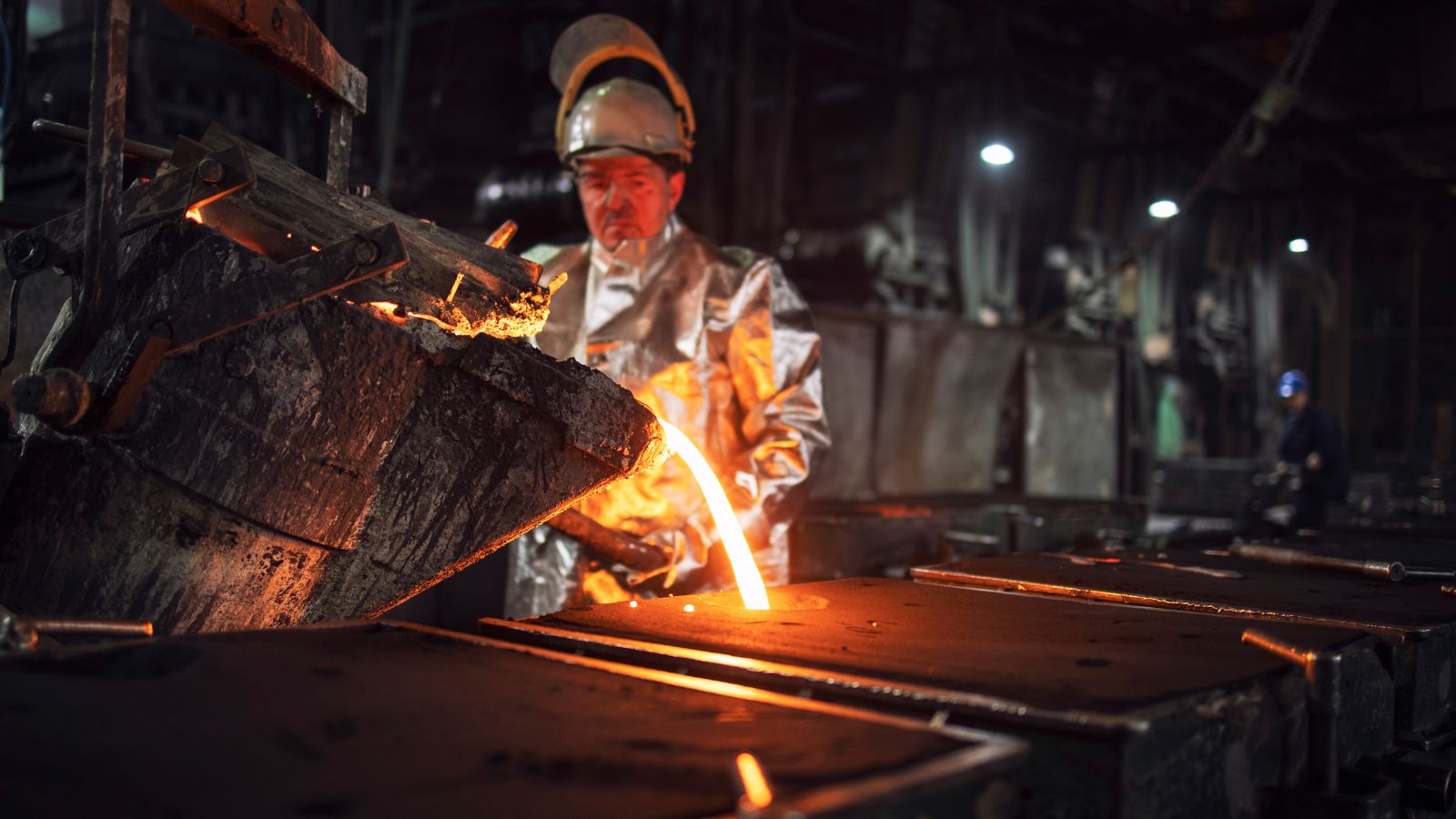
Quebec is Canada’s leading aluminum-producing province, accounting for more than 90% of the country’s output. The industry benefits from access to low-cost hydroelectric power, making aluminum production more energy-efficient and environmentally friendly. Canada is the fourth-largest aluminum producer in the world, supplying industries such as automotive, aerospace, and construction. Major markets include the United States, Japan, and the European Union. Quebec-based smelters operated by companies like Rio Tinto and Alcoa use advanced technology to reduce carbon emissions. With rising global demand for lightweight and recyclable materials, Canada’s aluminum sector remains a key resource for global manufacturing industries.
Gold and Precious Metals from Northern Mines

Canada is one of the top five gold-producing countries in the world. Major mines are located in Ontario, Quebec, British Columbia, and the northern territories. These operations also yield silver, platinum, and palladium. Companies like Agnico Eagle and Newmont operate large-scale mines with modern extraction and refining technology. Gold is exported globally, with key markets including the United States, the United Kingdom, and Switzerland. Canada’s mining sector follows strict environmental and safety regulations. Precious metals are used in electronics, finance, and industrial applications. With large reserves and consistent output, Canada remains a stable and reliable source of precious metals.
Critical Minerals for Green Technology
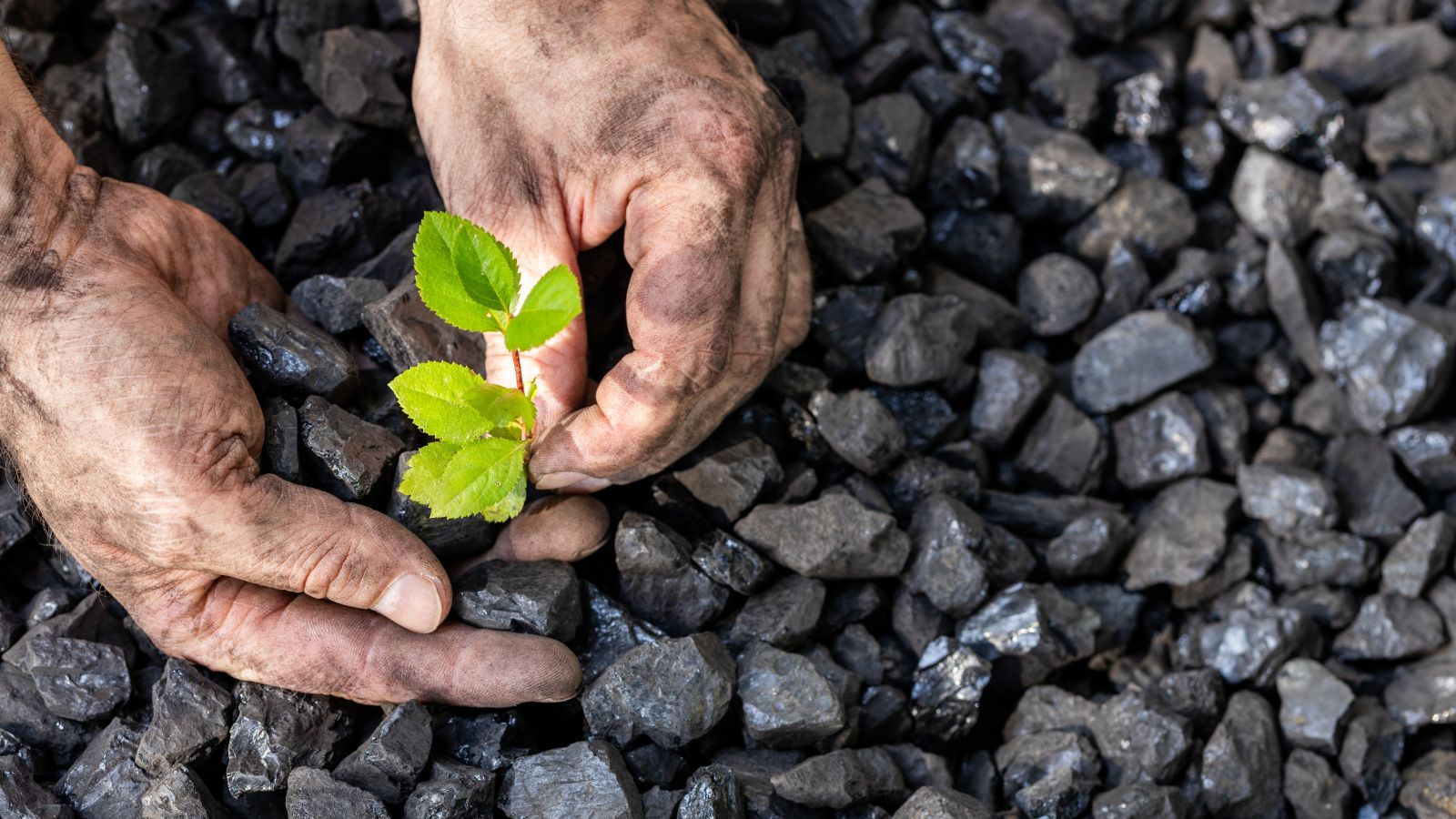
Canada holds significant reserves of critical minerals needed for clean energy and green technologies. These include lithium, graphite, rare earth elements, and vanadium. These minerals are essential for solar panels, wind turbines, battery storage systems, and advanced electronics. The Canadian Critical Minerals Strategy supports exploration, infrastructure, and processing capacity to increase supply. Projects in Ontario, Quebec, and the Northwest Territories are receiving government and private investment. As global demand rises, Canada is working to become a key supplier to allies and partners. These resources are crucial to building sustainable energy systems and reducing dependence on fossil fuels worldwide.
Nickel and Cobalt for EV Batteries

Canada is a major global source of nickel and cobalt, both essential for electric vehicle (EV) battery production. Nickel is primarily mined in Ontario, Quebec, and Manitoba, while cobalt is often a by-product of other mining operations. Companies like Vale and Glencore are key producers. These metals are critical for lithium-ion batteries used in EVs, electronics, and energy storage systems. Canada’s clean energy grid enhances the sustainability of battery metal production. The government supports responsible mining and domestic battery supply chain development. With growing global EV adoption, Canada’s nickel and cobalt reserves are becoming increasingly valuable to manufacturers worldwide.
Pharmaceuticals and Medical Research

Canada is home to a strong pharmaceutical sector and a globally respected medical research community. The industry includes major manufacturers, research institutions, and biotech firms, primarily located in Ontario and Quebec. Canada exports pharmaceuticals to more than 150 countries, with key products including vaccines, generic drugs, and biologics. Institutions like McGill, UBC, and the University of Toronto lead clinical research and drug development. The country also participates in global clinical trials and health partnerships. With strong regulatory standards, government funding, and skilled talent, Canada continues to contribute to global health advancements and supports innovation in life sciences and healthcare.
Aerospace Components and Technologies
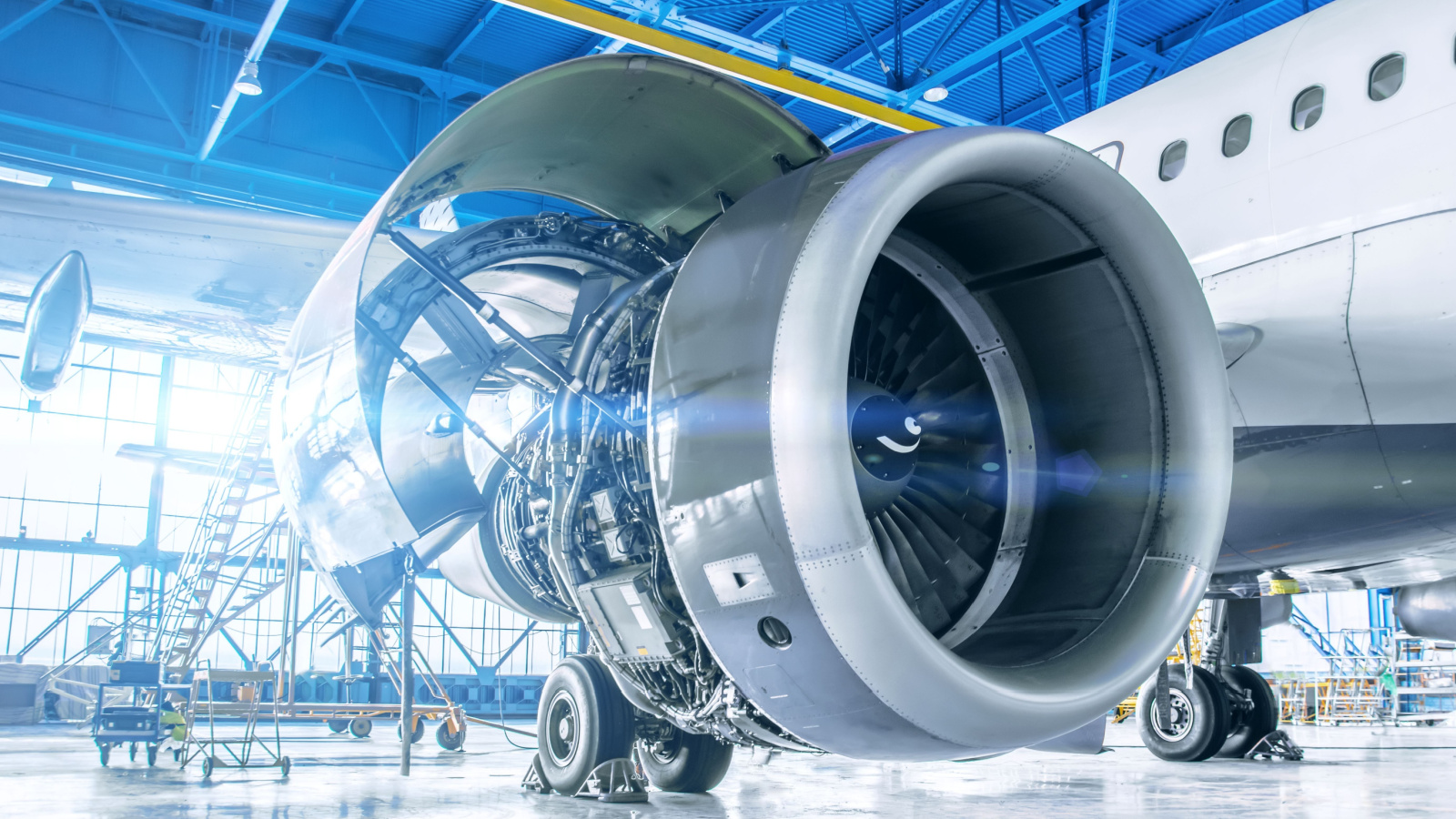
Canada is a global leader in aerospace manufacturing, producing aircraft parts, engines, avionics, and simulation systems. Quebec, Ontario, and Manitoba are key hubs, with companies like Bombardier, Pratt & Whitney Canada, and CAE driving innovation. Canadian aerospace exports reach over 190 countries and support commercial, defense, and space sectors. The industry benefits from skilled workers, research partnerships, and strong government support. Canada also leads in sustainable aviation technologies, including electric propulsion and lighter composite materials. With advanced manufacturing capabilities and a global reputation for quality, Canada’s aerospace sector plays an essential role in international supply chains and aviation safety.
Artificial Intelligence Research and Innovation

Canada is a global hub for artificial intelligence (AI) research and development. Cities like Toronto, Montreal, and Edmonton host world-renowned institutions such as the Vector Institute, Mila, and the Alberta Machine Intelligence Institute (AMII). These centres receive funding through the Pan-Canadian AI Strategy, the first national AI plan in the world. Canadian AI researchers are advancing fields like machine learning, robotics, and natural language processing. Global tech firms, including Google and Meta, have opened AI labs in Canada. With top talent, strong government support, and industry collaboration, Canada remains a leader in AI innovation and ethical AI research worldwide.
Clean Tech and Carbon Capture Solutions

Canada is investing heavily in clean technologies and carbon capture solutions to address global climate goals. The country supports research and deployment of innovations like direct air capture, green hydrogen, and low-emission industrial systems. Companies such as CarbonCure and Svante are developing world-leading carbon capture technologies. Government programs like the Net Zero Accelerator and Clean Growth Program fund large-scale clean tech projects. Canada also collaborates with international partners on emissions reduction strategies. With access to natural resources, engineering talent, and policy support, Canada is helping lead the global shift to low-carbon technologies and sustainable industrial practices.
21 Products Canadians Should Stockpile Before Tariffs Hit

If trade tensions escalate between Canada and the U.S., everyday essentials can suddenly disappear or skyrocket in price. Products like pantry basics and tech must-haves that depend on are deeply tied to cross-border supply chains and are likely to face various kinds of disruptions
21 Products Canadians Should Stockpile Before Tariffs Hit
